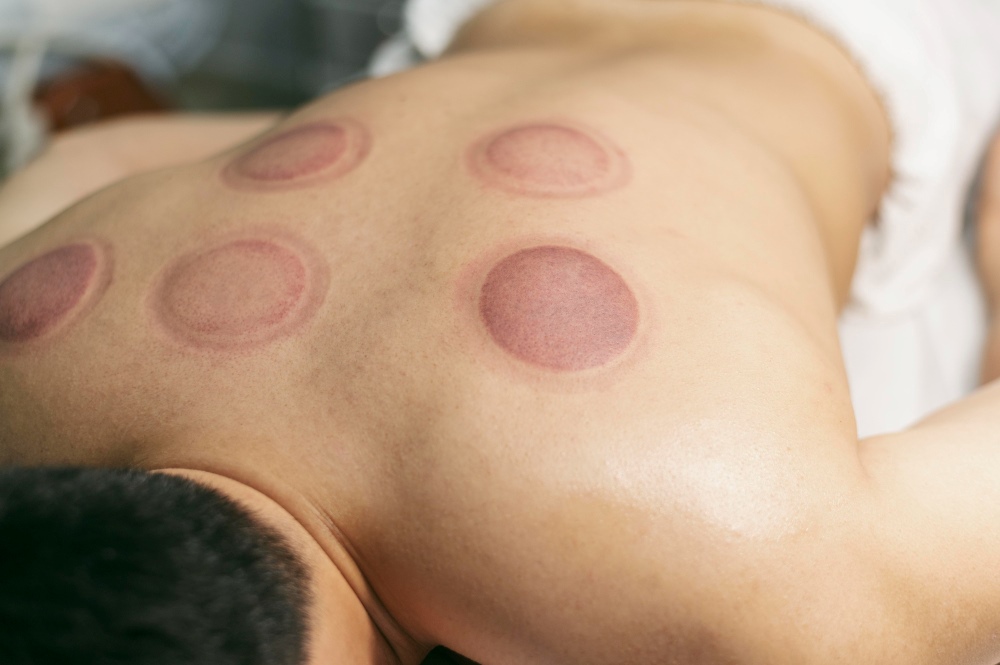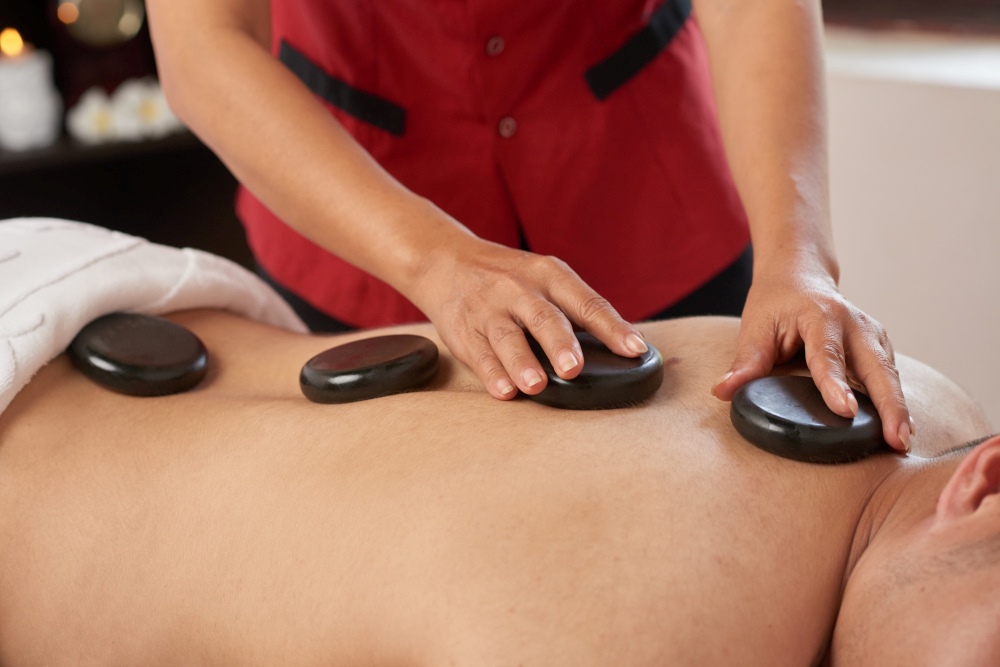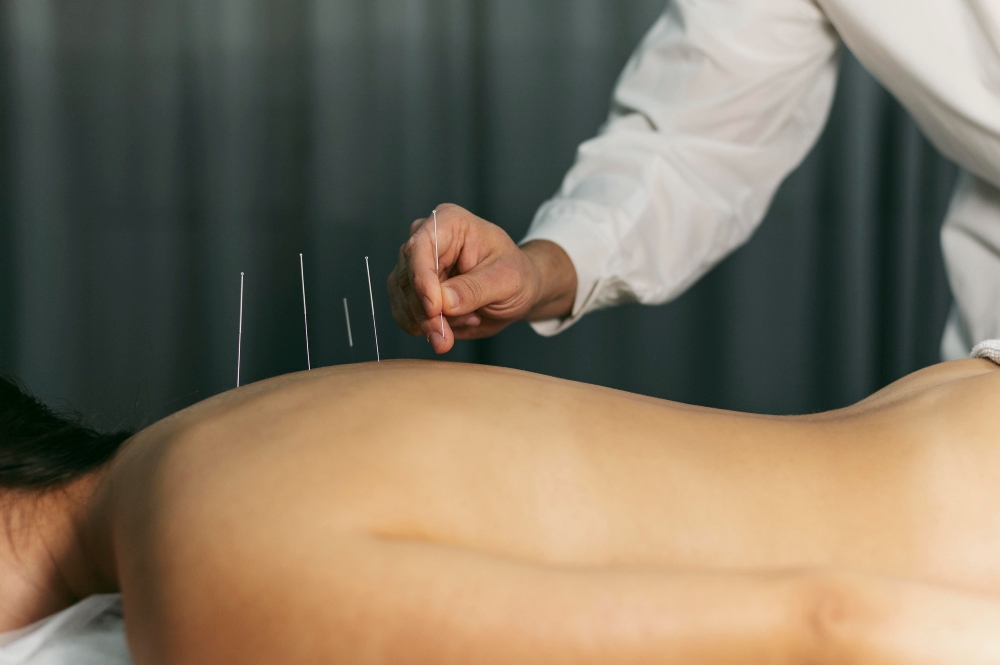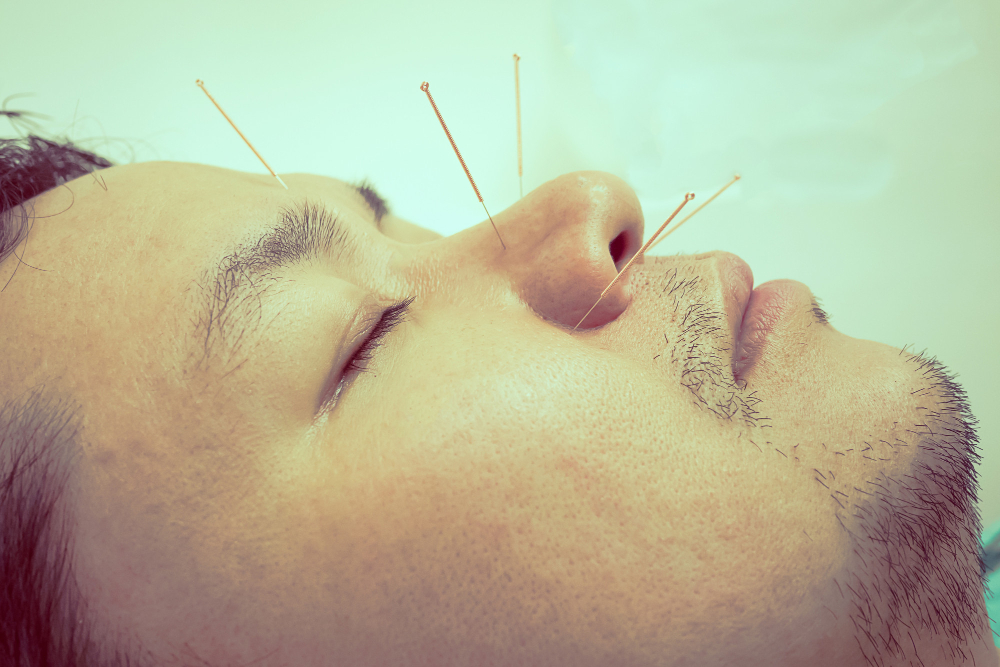Experience the best Chinese bodywork in Chicago, IL. Relieve pain, reduce stress, and restore balance with expert Tui Na & acupressure in the Loop.

If you work in downtown Chicago, your neck, back, and shoulders probably have a group chat—complaining about deadlines, desk posture, and the Red Line. Chinese bodywork (the clinical umbrella that includes Tui Na and targeted acupressure) is a time-tested way to unwind tight muscles, calm your nervous system, and keep you performing at your best—without losing half a day to self-care. And if you’re searching for the best Chinese bodywork in Chicago, IL, the Loop’s Acupuncture Center Chicago is built around early-bird hours, convenient location, and an integrative, results-first approach.
Below you’ll find a practical, evidence-backed guide to Chinese bodywork—what it is, who it’s for, how sessions run, what the science says, and why Acupuncture Center Chicago stands out for busy professionals.
What exactly is “Chinese bodywork”?
“Chinese bodywork” refers to hands-on therapeutic techniques from Traditional Chinese Medicine (TCM)—most notably Tui Na and acupressure—used to relieve pain, improve mobility, and rebalance mind and body. Techniques can include pressing, kneading, rolling, and stretching along muscle groups and acupuncture meridians. Think of it as medical-grade manual therapy with a whole-person lens rather than a spa massage.
Tui Na sits alongside acupuncture, moxibustion, and Chinese herbal medicine as a core branch of TCM, and it’s traditionally used to increase circulation, reduce musculoskeletal pain, and lower stress.
Why busy professionals love it
- Targeted relief for desk-bound tension. Bodywork zeroes in on upper back, neck, forearms, hips, and lower back—the usual suspects when you’re living in spreadsheets.
- Quick reset without grogginess. Sessions can be tailored to focus on mobility and nervous-system downshifting so you return to work clear-headed, not zonked.
- Pairs well with other modalities. Many people combine bodywork with acupuncture, moxibustion/infra-red heat therapy, or herbal/dietary counseling for more durable results.
- Convenient Loop location + early hours. You can get hands-on care before most offices open, at lunch, or on your commute—no suburban trek needed.
Why Acupuncture Center Chicago is a strong pick
1) Integrated TCM care under one roof. The clinic offers Chinese bodywork, acupuncture, moxibustion & infra-red therapy, and herbal medicine/dietary counseling—so you can move between modalities as your case evolves. That’s great when your pain has multiple drivers (posture, training load, stress, sleep).
2) Conditions they commonly address. The clinic’s materials highlight support for pain, stress/anxiety, insomnia, fertility, and more—exactly the mix we see in high-performing professionals juggling work and life.
3) Patient-centered intakes. First visits are typically longer (plan up to ~90 minutes), allowing time for history, assessment, and a tailored plan—so follow-ups can be efficient.
What happens in a Chinese bodywork session?
Brief consult & plan. You’ll review symptoms, goals, previous injuries, and daily demands (your trainer, your desk setup, your Peloton PR…). The practitioner maps a plan for that day—e.g., neck and thoracic mobility plus forearm release for laptop warriors.
Hands-on work. Typical techniques include:
- Pressing/rolling/kneading along tense muscle groups
- Acupressure on specific points to calm the nervous system
- Stretching & joint mobilizations to restore range of motion
- Optional infra-red heat or moxibustion to enhance circulation and ease soreness (used when appropriate).
Clothing & comfort. Sessions are often done over light clothing (or with proper draping). Wear something you can move in; think athleisure not boardroom.
Aftercare. You may get simple mobility drills, posture tweaks, or at-home acupressure points—habits that make results stick between sessions.
Who is it for?
- Desk-bound pros with neck/shoulder/low back pain or tension headaches
- Frequent flyers and rideshare warriors with hip flexor and mid-back stiffness
- High-stress roles experiencing anxious restlessness or poor sleep
- Weekend athletes balancing training volume with recovery
- Prenatal/postpartum clients seeking gentle, drug-free relief (with appropriate modifications)
The clinic also addresses broader concerns (e.g., fertility support, insomnia, stress), often combining bodywork with acupuncture and lifestyle advice.
What the evidence says (quick, honest summary)
No single therapy works for everyone, and the research quality varies. That said, recent studies give encouraging signals for Chinese bodywork techniques:
- Chronic low back pain: Meta-analyses suggest Tui Na can reduce pain and improve function versus control treatments in chronic nonspecific low back pain. (Methodological quality ranges from moderate to mixed, so more rigorous trials are welcome.)
- Knee osteoarthritis: Comparative trials indicate Tuina may be as effective as or complementary to standard manual physical therapy for knee OA—again with calls for more high-quality RCTs.
- Anxiety & stress: Systematic reviews and RCTs show acupressure can modestly reduce anxiety and stress, making it a reasonable adjunct for high-stress jobs.
- Sleep quality: Recent meta-analyses report acupressure may improve sleep parameters in adults—a common win for overcaffeinated, under-recovered professionals.
For context, the U.S. National Center for Complementary and Integrative Health (NCCIH) notes acupuncture’s evidence base is mixed by condition but generally supports it as a complementary (not replacement) approach—an attitude that fits Chinese bodywork as well. Always loop in your primary clinician for complex medical issues.
How often should you go?
For acute flare-ups (e.g., a gnarly neck week), many people start with weekly sessions for 3–4 weeks, then taper. For maintenance during heavy work sprints, biweekly or monthly “tune-ups” often keep tension in check. Your plan should adapt to your schedule, stress load, and how your body responds. (First visits at Acupuncture Center Chicago run longer to craft that plan.)
Practical details (so you can actually go)
- Location: 17 N. Wabash Ave., Suite 678, Chicago, IL 60602 (in the Loop).
- Phone: (312) 863-0731.
- Hours: Mon, Wed, Fri 7:30–6:00; Tue, Thu, Sat 7:30–2:00; Sun Closed—perfect for pre-work and lunch breaks.
- Services on site: Chinese bodywork, acupuncture, moxibustion & infra-red therapy, herbal medicine & dietary counseling.
- What they treat: pain (neck, back, joints), stress/anxiety, insomnia, fertility concerns, and more.
- New patient timing: allow up to ~90 minutes. (Follow-ups are shorter.)
Tips to get more out of each session
- Show your day. Bring a photo of your desk setup or describe your commute. Small ergonomic tweaks often unlock big gains (and save you money on sessions).
- Hydrate + light movement post-session. Gentle walking and water flush metabolites and reinforce mobility changes.
- Stack smart. Pair bodywork with acupuncture or infra-red heat when stress or inflammation is high; taper to maintenance as symptoms stabilize.
- Sleep matters. If poor sleep is slowing recovery, ask for acupressure points you can use at home—the evidence for sleep quality is promising.
Frequently asked questions
Is Chinese bodywork the same as deep-tissue massage?
Not exactly. Deep-tissue is a Western style focused on fascia and muscle layers; Chinese bodywork uses similar pressure plus meridian-based techniques and acupressure to influence both physical tension and systemic balance.
Will it hurt?
Expect firm pressure where you’re tight, but it should feel therapeutic—not sharp or alarming. Speak up and your practitioner will adjust. (Communication is part of the medicine.)
What should I wear?
Stretchy, comfortable clothing. Many Tui Na sessions are performed over clothes or with appropriate draping.
How fast will I see results?
Many people notice immediate looser movement and calmer nerves. Chronic issues usually need several visits plus daily micro-habits (posture, mobility, sleep).
Can I combine bodywork with acupuncture or heat therapy?
Yes—Acupuncture Center Chicago routinely combines modalities like acupuncture, moxibustion/infra-red therapy, and bodywork to match your goals.
Is it safe?
Generally yes for most healthy adults, when performed by trained professionals. If you’re pregnant, on blood thinners, or have complex medical issues, consult your primary clinician first and tell your practitioner. (NCCIH’s guidance for acupuncture as a complementary therapy is a good benchmark.)
A sample 45-minute “desk-rescue” session
- 2–3 min: Quick check-in—what’s tight, what’s the day ahead?
- 8–10 min: Cervicothoracic work—upper traps, levator scapulae, pec minor, mid-back—plus acupressure points for sympathetic “downshift.”
- 8–10 min: Forearms/wrists for keyboard strain; gentle nerve glides.
- 10–12 min: Hips/lumbar—glutes, hip flexors, QL; brief mobilizations.
- 5–7 min: Infra-red heat or moxa as indicated; breathing drill to lock in parasympathetic calm.
- 2–3 min: Take-home micro-moves + acupressure point refresher (especially if sleep or stress is an issue).
The bottom line
For Chicago professionals who need effective relief that fits a crowded calendar, Chinese bodywork offers focused, drug-free care you can actually make time for. Acupuncture Center Chicago blends bodywork with acupuncture, heat therapies, and herbal/diet strategies; it’s centrally located in the Loop and opens early—making it one of the most practical places to get back to feeling (and working) like yourself.
Ready to feel better before your next meeting?
Book your Chinese bodywork session today and start releasing tension, boosting focus, and moving with ease.
📞 Call (312) 863-0731 or Book Your Appointment Online.



